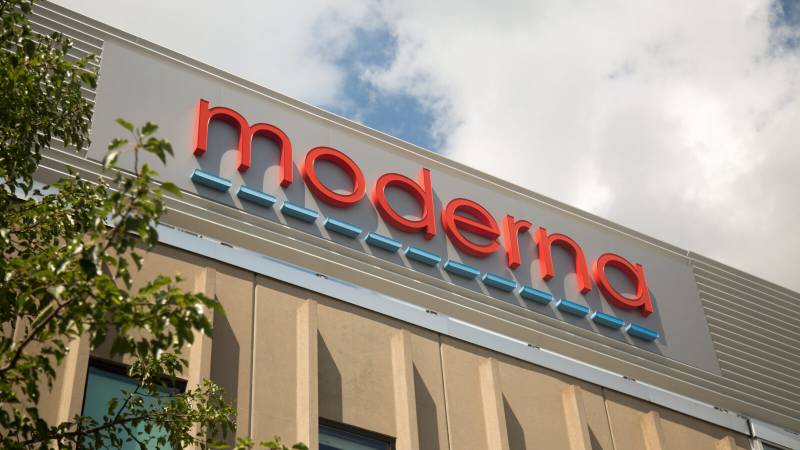The statement noted that a new arm of the trial is being established to test a 50-microgram dose, which may suggest concern that the 25-microgram dose may be too low.
As the vaccine’s developers work to establish a dose, they must balance the need to achieve protection in individuals — including seniors, who are at highest risk in this pandemic but whose immune systems do not respond as well to vaccines — with the goal of using as little vaccine as possible per person to stretch out what will be limited supplies.
“I think 25 [micrograms] gets us there, but you always want to have somewhat of a margin,” Zaks told STAT in an interview.
“The sense is at the end of the day we’re going to narrow it down on somewhere between 25 and 100,” he said. “It’s going to be really hard math for us.”
While some experts wanted more detail before commenting on the data, others saw it as a positive sign for this vaccine.
“The neutralizing antibody and safety results from the Phase 1 clinical study are promising for the Moderna mRNA vaccine candidate and supportive to proceed forward with the planned Phase 2 studies,” Robin Robinson, chief scientific officer at RenovaCare, told STAT. Robinson is a former director of the Biomedical Advanced Research and Development Authority.
Vaccination with the candidate vaccine, provisionally labeled mRNA-1273, also prevented viral replication in the lungs of mice in preclinical testing, the company’s statement said.
A Phase 2 trial has already been given the go-ahead by the Food and Drug Administration. CEO Stéphane Bancel said the company is pushing forward with a Phase 3 trial set to start in July and is ramping up its capacity to manufacture the vaccine.
“We are investing to scale up manufacturing so we can maximize the number of doses we can produce to help protect as many people as we can from SARS-CoV-2,” Bancel said, referring to the virus that causes COVID-19.
The company’s statement suggested the vaccine was well-tolerated in people who received it in the Phase 1 dosing trial. One of the people in the 100-microgram arm developed redness at the injection site that met the criteria for a Grade 3 adverse event. And three volunteers in the highest dose arm — 250 micrograms — developed Grade 3 systemic reactions after receiving the second of two doses. There were no Grade 4 or life-threatening adverse events recorded in the trial.
The early readout included arms of the trial involving people age 18 to 55 years old who received either two doses at the 25 microgram or 100 microgram level or one dose at 250 microgram. There were 45 people involved in these three arms, though neutralizing antibody data are only available at this point for the first four patients each of the 25 microgram and 100 microgram cohorts.
People who received two doses at the 25 microgram level developed binding antibodies at levels consistent with those seen in the blood of people who have recovered from COVID-19 infection, the statement said. People who received two doses at 100 microgram had binding antibody levels that “significantly exceeded” the levels seen in the blood of COVID-19 survivors.
This story was originally published by STAT, an online publication of Boston Globe Media that covers health, medicine, and scientific discovery.

